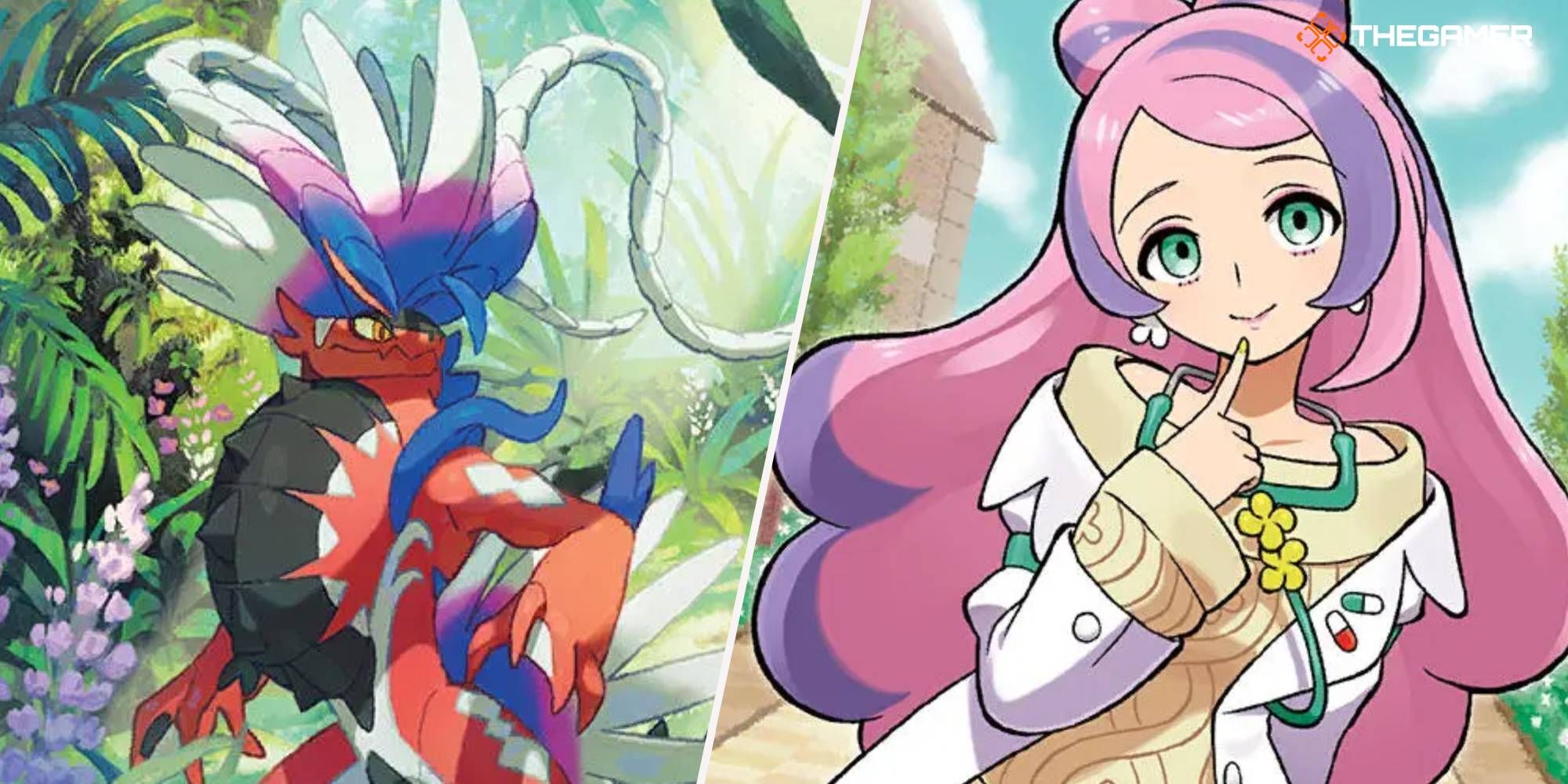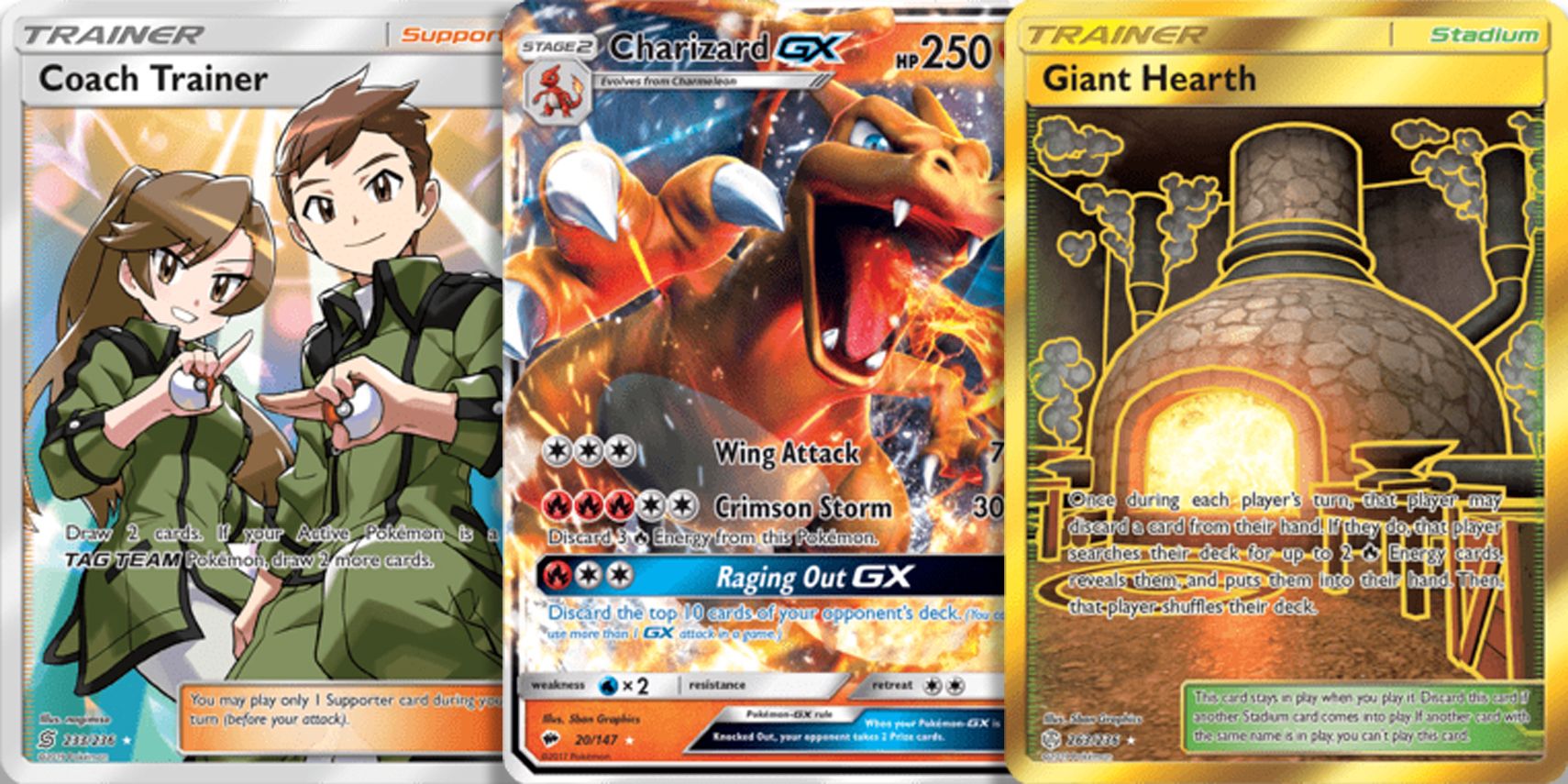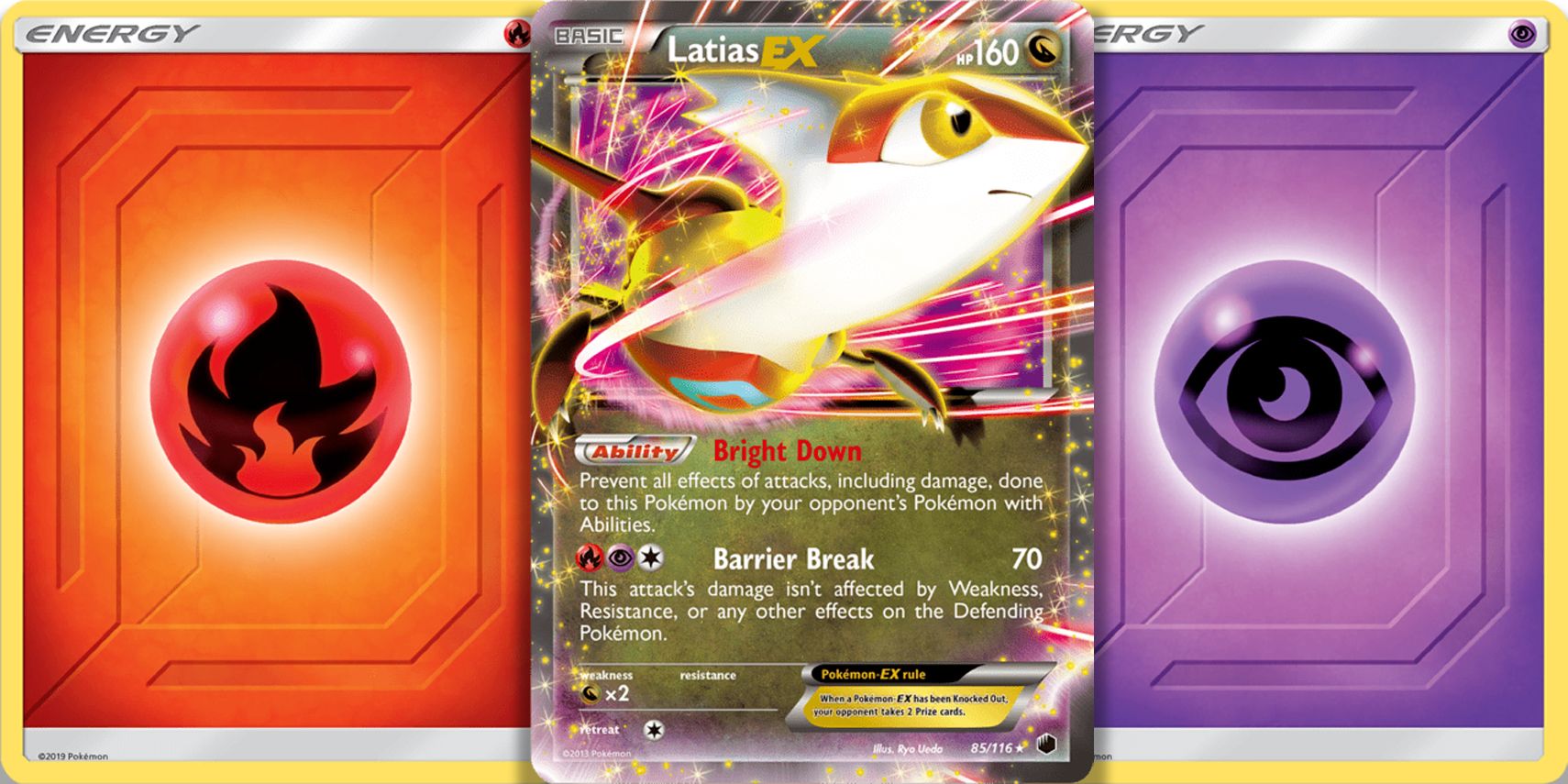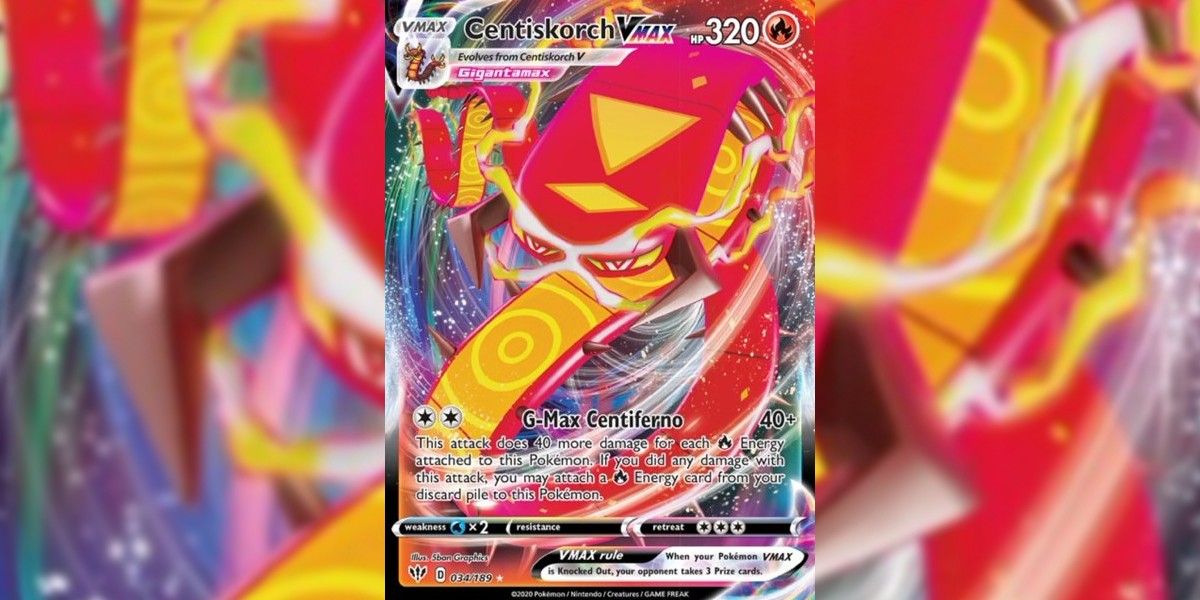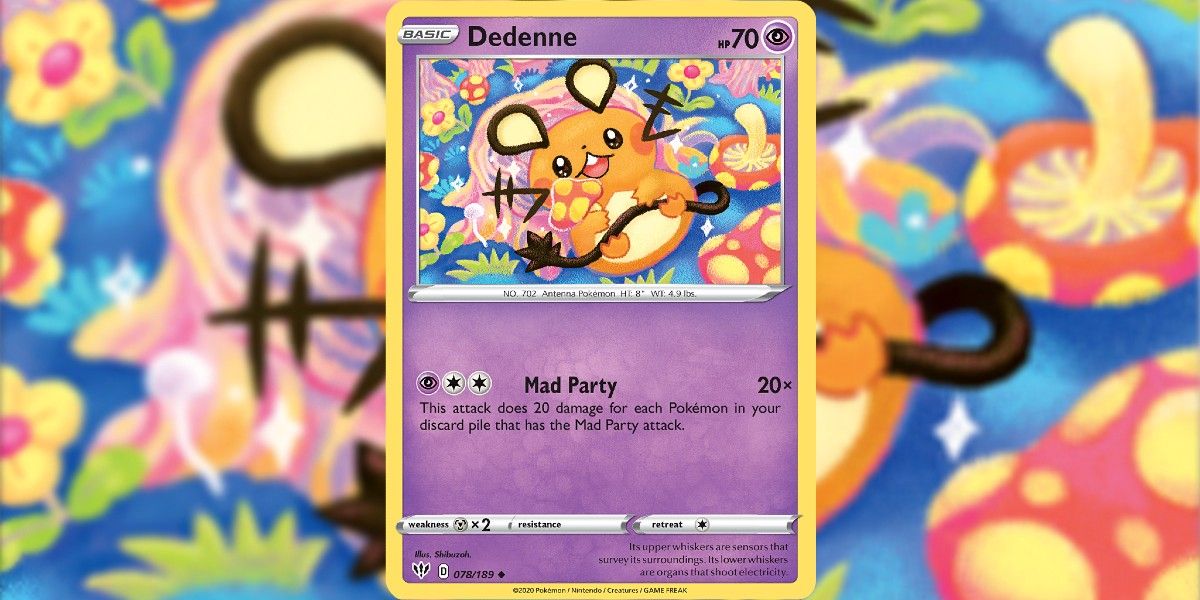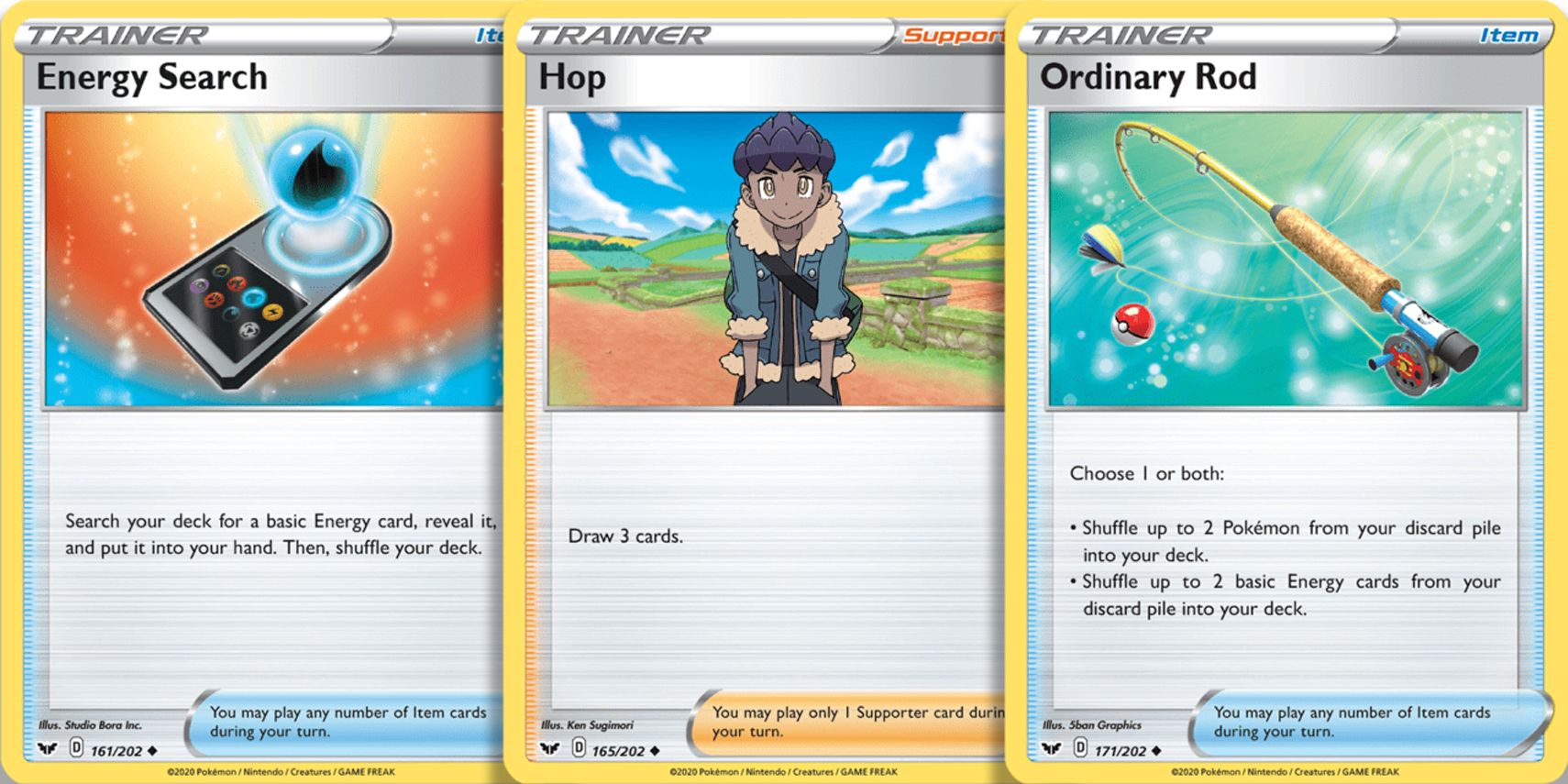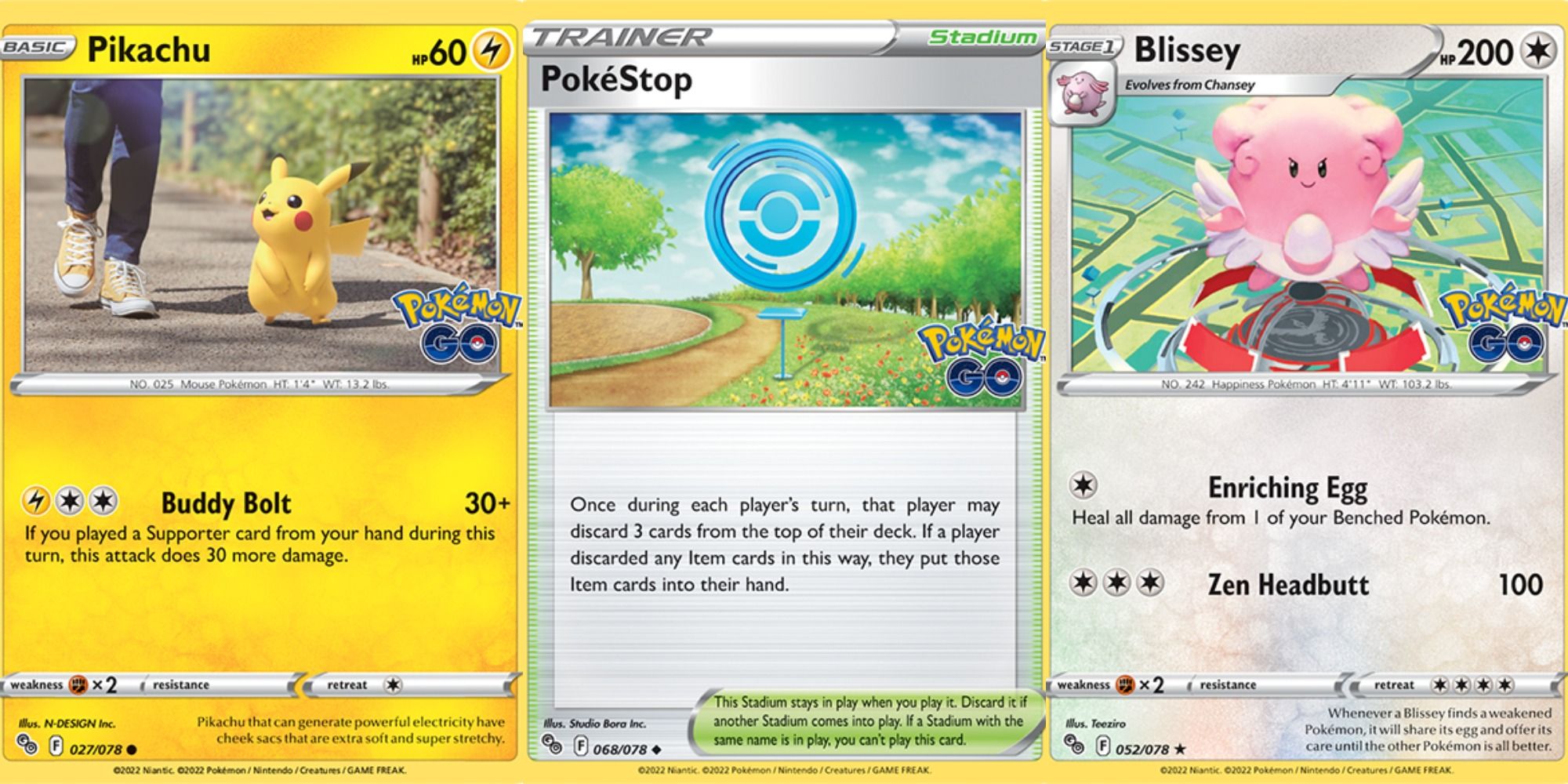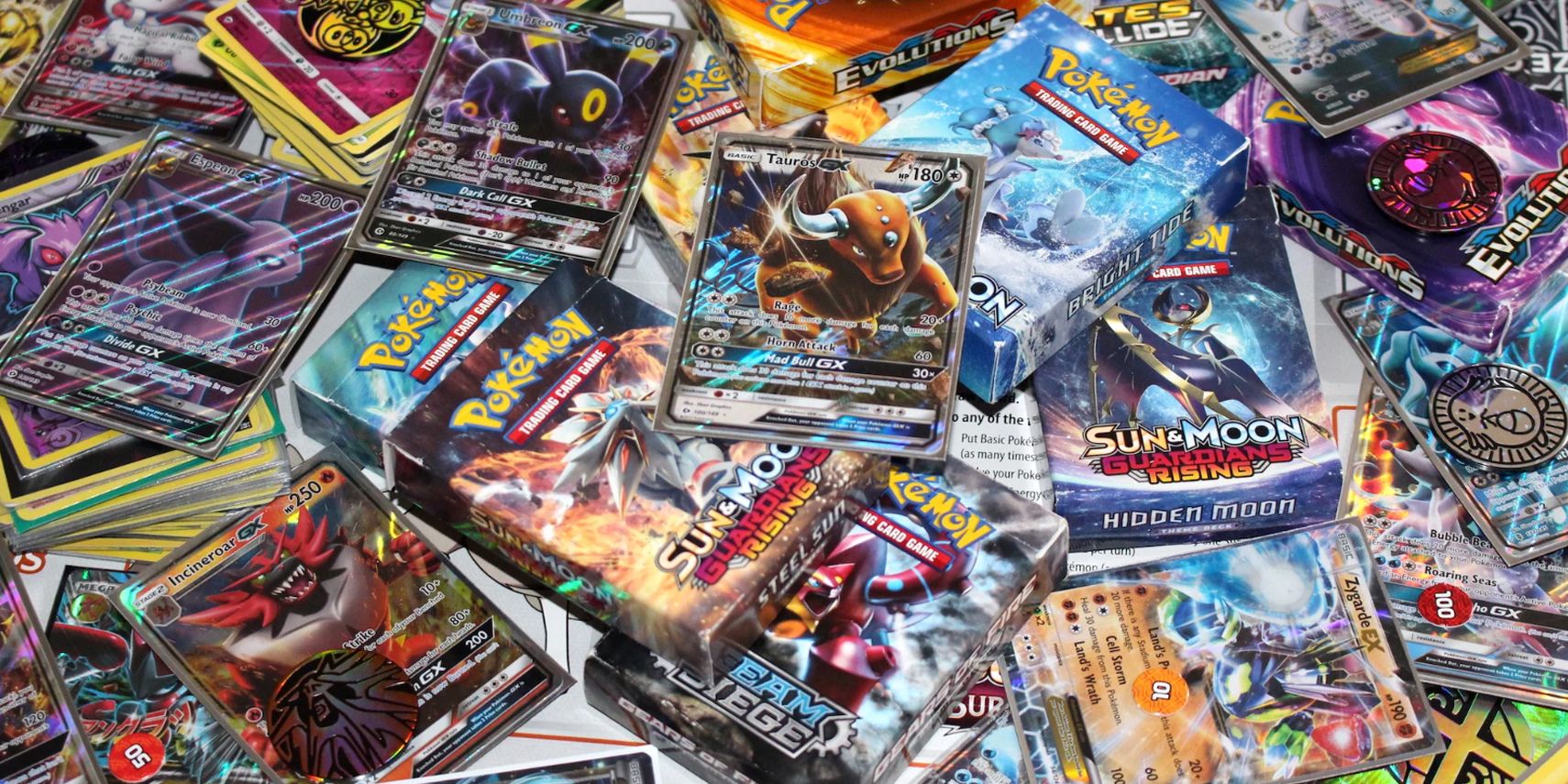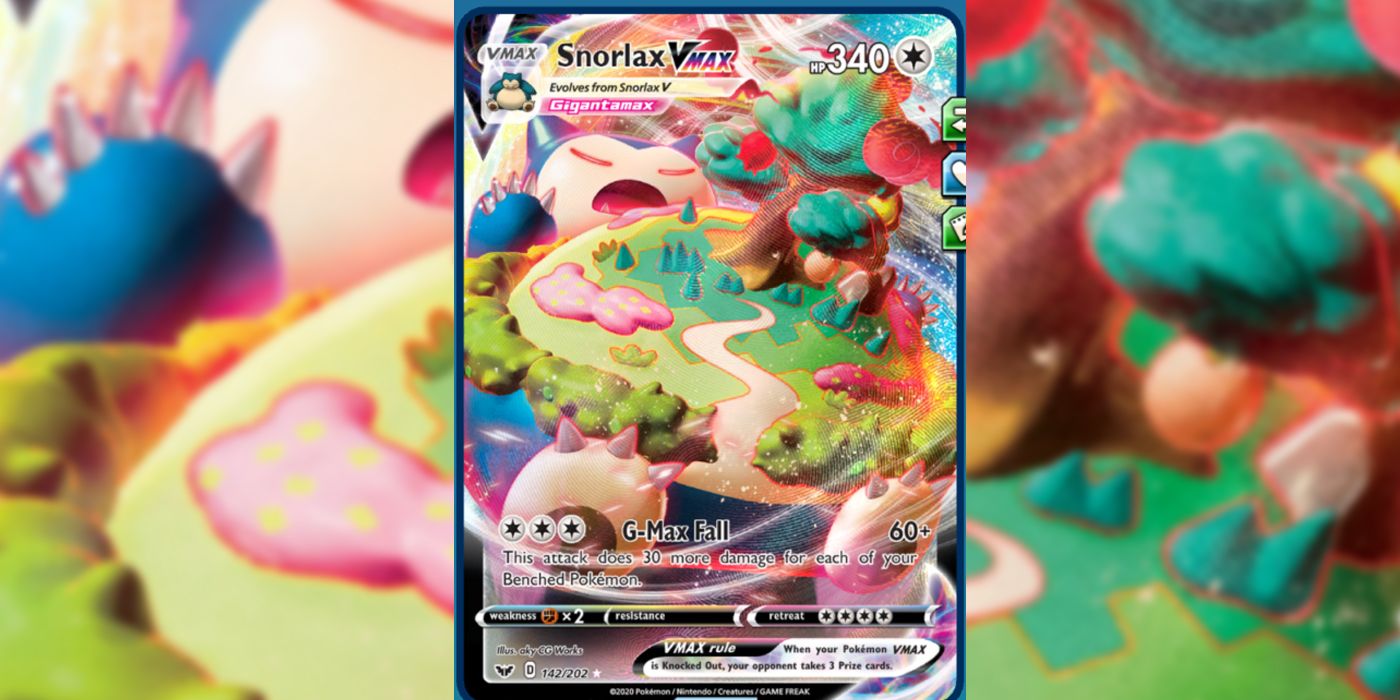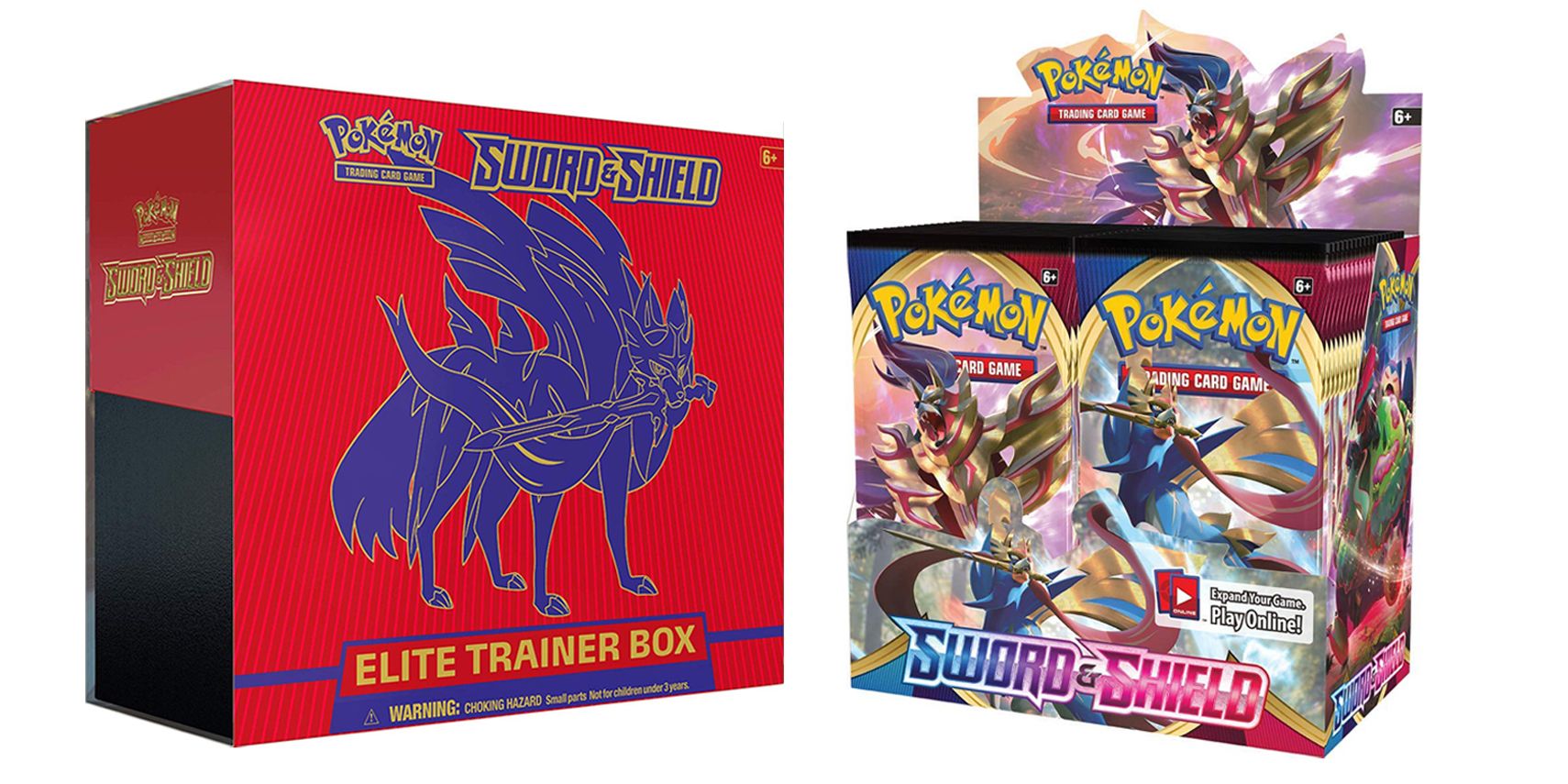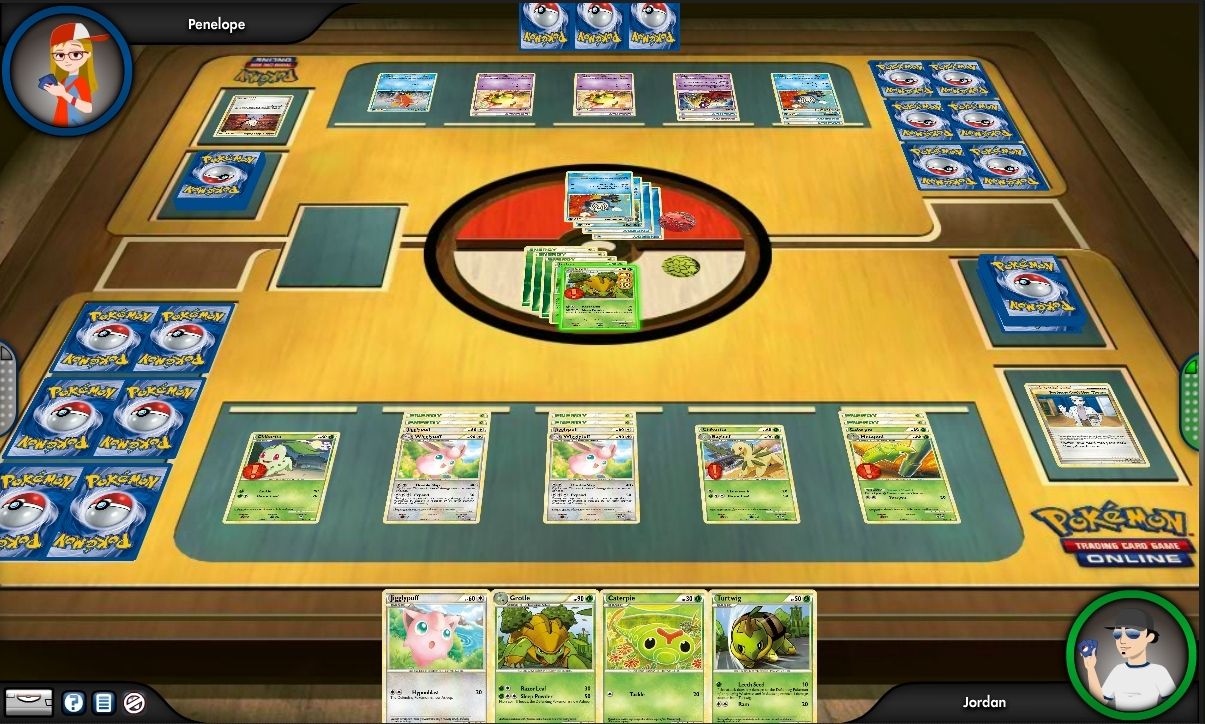The Pokemon Trading Card Game is an easy game to get into, but it can be surprisingly difficult to master. Part of it comes down to deck control, which means making sure you get the cards you need when you need them. You'll also need to ensure that every card synergizes strongly. Success means not a single spot of 60 wasted.
There's a lot of depth to this game's strategy, but it's not all theory. By playing the game, you'll quickly see where your deck's strengths and weaknesses are. If you keep the following tips in mind, you will start strong right out the gate, minimizing the time it will take you to become a competitive Pokemon TCG player.
Updated on June 3, 2023 by Quinton O'Connor: You can't have a guide on building a deck in Pokemon TCG without periodically updating it to reflect the current rotation. The value of advice diminishes to nothing. The Pokemon TCG is ever-evolving, pun intended, so our coverage must evolve along with it. We've excluded references to outdated cards and strategies, replacing what was removed with fresher ideas for the present meta.
10 Start With A Solid Deck Structure
When players first start building decks, they often put too much emphasis on Pokemon and Energy cards. The former mistake is understandable; after all, it's the iconic nature of these critters that has printed billions of dollars for decades. The latter is also an easy trap to fall into, as it's a reasonable reaction to see your Pokemon's energy costs and fear the worst.
Provided your opponent makes the same mistakes, you'll end up having a fairly equal match. But the first time you fight someone with multiple draw supporters, like Miriam or Professor's Research, you'll lose.
It's important to have the right cards in your deck, but it won't help you at all if you never draw those cards. It often shocks players to learn how strongly most modern decks favor Trainer cards.
We recommend giving the following formula a chance when you're just starting out: 15 Pokemon, 12 Energy, 33 Trainer. Depending on your future needs, you may end up with decks that have greater or fewer of each main category, though you'll rarely, if ever, climb higher than 20 Pokemon or 15 Energy.
9 Typing Isn't Everything
In the Pokemon games, it's best to have six Pokemon of different types with move sets that can counter anything you might run into. You take Ice Pokemon to fight Dragon Pokemon or Bug Pokemon for Dark and Grass Pokemon. You take Fire Pokemon for Steel Pokemon, unless you're playing the original Diamond and Pearl and didn't select Chimchar. In that case, you don't take Fire Pokemon.
But in the Trading Card Game, you don't have that luxury. You could try to have six different types and have one for each stage of their evolution, and at least four Energy types. But that is terribly impractical. Your measure of deck control will be nonexistent. The odds of drawing the right Pokemon for the right Energy card are nil, especially when you factor in the possibility that it's part of the Prize Card pile.
So, does that mean you should build your deck around one or two types? Possibly. Possibly not. That's not the most helpful advice, we realize. It boils down to whether or not the cards you need can all be found within so few types. One of the trickiest aspects to the game is recognizing that sometimes, you'll have (for example) a Fire/Water deck that also contains a handful of Pokemon from other types.
All your Energy cards should still be Fire and Water. But you'll be using those additional Pokemon as utility. Perhaps you have a Pachirisu that can use 'Call for Family' with one Colorless Energy. (Colorless costs can be met with Energy of any type.)
The Pachirisu is Electric-type, but it won't really matter. It exists so that you can pull out the big hitters, take a bruise on the nose if it gets knocked out, and get started in earnest.
Ultimately, our recommendation is to aim for something around one to two types with a handful of outside cards when needed.
There are ways to get around needing Energy cards of both types if you're doing dual-type decks. In fact, there are even ways to get around needing 'basic' Energy cards at all. Look for nifty special Energy such as Fusion Strike, Double Turbo, and Regenerative.
8 Pick A Solid Main Attacker
Not all Pokémon are suitable to be a deck's main attacker. To qualify, your main attacker absolutely needs to have these two traits: Firstly, it must be able to set up quickly and, secondly, it needs to do a lot of damage
What does it mean to set up quickly? It means you need to be able to start attacking as soon as possible, and that depends largely on the energy cost of your Pokemon's attacks. Compare Kommo-o's energy costs to Gardevoirs. Even with Double Colorless energy, the best you can hope to set up Kommo-o's attacks would be three turns. However, with Gardevoir, you're ready to go turn one.
7 Include Utility Pokemon
Not every Pokemon can be your main attacker or even a secondary one. But don't throw them out just yet. Some Pokemon have powerful abilities that can add significant utility to your deck.
This is a pretty elementary example, but take Shuppet from the Scarlet & Violet Pokemon TCG set - for one Psychic Energy, you flip a coin. If heads, the opponent cannot play any cards from their hand during their next turn. It's not exactly something to build an entire deck around, but especially in the early going, it can be surprisingly effective.
Paying careful attention to your Pokemon's abilities can help you control your deck. The more control you add, the less you'll be subject to random chance, and the better a winning strategy you can reliably incorporate at any given time.
6 Plan Your Setup Strategy
You know who your main attacker is, so now you need to get them out on the field as quickly as possible. But not just your attacker. You'll also need them to have energies and items equipped. Maybe you need a Stadium out on the field and your bench out as well.
Getting everything set up quickly will give you the best chance at winning. Learn what cards synergize well together, and how you can cycle through your deck quickly. This will take some time to really sink in so be sure to test out your deck to get a feel for how quickly you can get things moving.
Since examples are precious and pivotal, here's another. The Item card Nest Ball lets you search your deck for any basic Pokemon, reveal it, and add it to your hand. If you stock your deck with four Nest Balls, you have a decent chance of encountering one before you would have otherwise drawn your ace(s). Since Pokemon V are considered basic, this is a far more powerful card in 2023 than it was ten years ago, when few basics could be aces.
Pokemon V/VMAX/VSTAR have lost some of their representation in 2023 due to the annual rotation, which has removed all Sword & Shield era cards with a 'D' mark on them. 'E' and 'F' remain eligible, however, so there are still some good ones.
5 Select The Right Trainer Cards
It's not enough to just throw any Trainer cards in your deck. You need the right ones, and the answer to what is "right" is going to vary significantly not only from strategy to strategy, but even from player to player.
Trainers come in four subtypes, which should help to explain why they're so prolific in deck-building: Supporters, Items, Tools, and Stadiums. You can use as many Item cards per turn as you'd like, while Supporters are limited to one per turn.
For Supporters, it is critical that most of them are cards that allow you to draw. To start with, include eight to ten of these. Be sure to have at least a few that allow you to shuffle your hand back into your deck. Drawing is important, but so is not running out of cards. Then include three or four other Supporters for added utility, like the excellent Boss' Orders card that will force your opponent to replace their active Pokemon with one of your choice.
Contrast this with the Item card Escape Rope, which prompts both players to switch their Pokemon, and your opponent gets to choose theirs. Not as great, but handy in a pinch.
For Items and Tools, shoot for 17 cards, with six to eight of them being Pokemon search cards. These will help you get your main attacker out as quickly as possible, helping you secure a quick win. And finally, pick three Stadium cards that complement your Pokemon's type and move set.
You won't always follow our number suggestions. In fact, you may never find cause to do so. But our ratios are fairly common for a reason. And even if you're not using Stadiums actively, strongly consider adding one to your deck to counteract the effect of one your opponent might send out, since the only way to get rid of a Stadium is with another Stadium card.
4 Play With Other People's Decks
When you copy a winning deck, that doesn't mean that you'll automatically win. You have to learn how the deck works and why. By playing with decks built by other people, you'll start seeing the logic behind the deck. What cards do they have? What moves do they use most often? When should you be using your Trainer cards?
Play with the deck several times to get a feel for what it does well, and where it feels lacking. Do this with a variety of decks. The more familiar you are with the cards and different strategies, the easier it will be to build your own decks and counter those used by other people.
3 Stick To The Current Sets
As with any other trading card game, the Pokemon TCG has changed a lot since it was released in the '90s. Back then, Charizard was by far one of the best cards, having 120HP, the maximum amount at the time. Now there's Skeledirge ex, with an absurd 340HP. Mind you, that's a very rare number, but heavy hitters and walls in the upper 200s are hardly unusual.
Not only would it be impractical to try and use cards from older sets against the behemoths, but you wouldn't be able to participate in tournaments. If that's not an issue for you, then go for it. But even in casual play, you'll find it hard to persuade most people to battle.
Often, it's not even because they're unaccustomed to your cards — they're simply aware that your deck will likely be sorely underpowered to the point of trivializing the win.
Besides, you won't get to try out the more interesting new mechanics that have been introduced in the most recent sets. You'll be going up against these mechanics on the regular, so don't make the mistake of refusing to familiarize yourself with them.
2 Look For Cards You Don't Have
You don't need to go buy a whole booster box trying to collect every card you're missing. There are websites where you can see every card in a series. Take a look at them. Read the card text. Learn what's new in each set, and see if you can find interesting strategies in those cards.
Then, once you've decided on what cards you want to have, you can either go out and buy packs and hope you get what you want, or you can directly purchase them online.
When to do one, and when to do the other? It's a subjective decision, of course, but our advice is to grab a few packs if you need a smorgasbord of new cards but purchase individually if you want several of a particular card.
Let's say you've decided you want four Gardevoir ex. Your odds of getting these exact four cards will be razor-thin unless you're spending dozens or hundreds of dollars, but you can grab them each for about five dollars (as of June 2023) on the internet.
If the cards you're looking for are common or uncommon, you'll have pretty good luck just buying packs. That way you'll probably get the cards you want, as well as have a chance at some good rares.
1 Test, Test, Test
Before you go to your local tournament, test your deck. Test them with friends, or test them yourself. Build multiple decks to face off against each other. Make decks that counter your deck, so you can find ways to handle your strongest opponents.
A convenient way to test is by using the Pokemon Trading Card Game Live. With that, you can make an unlimited number of decks with the cards you have, reusing cards in multiple decks.
You can also play against other people to see how your deck actually plays and quickly modify it. When ready, head out to your local tournament and play for real, or stay online and participate in tournaments that way.

